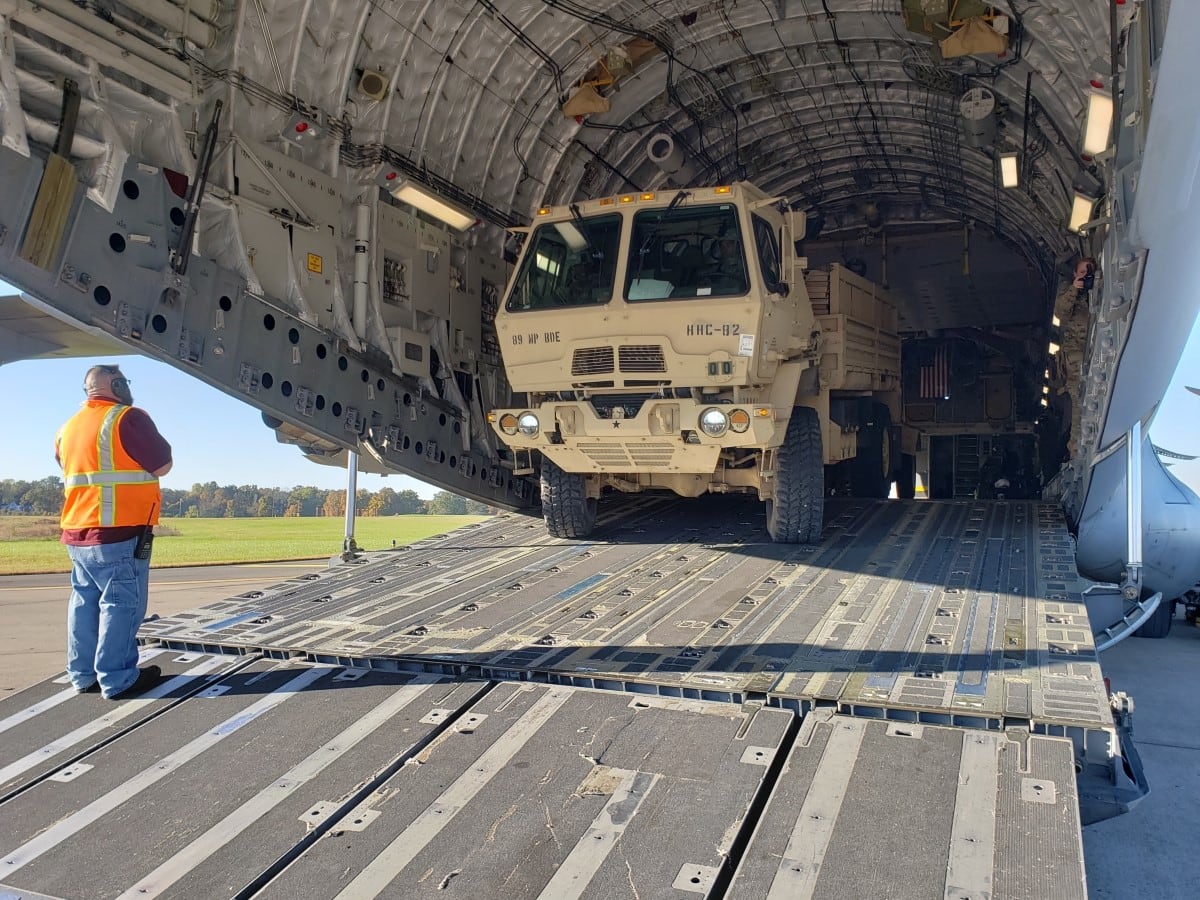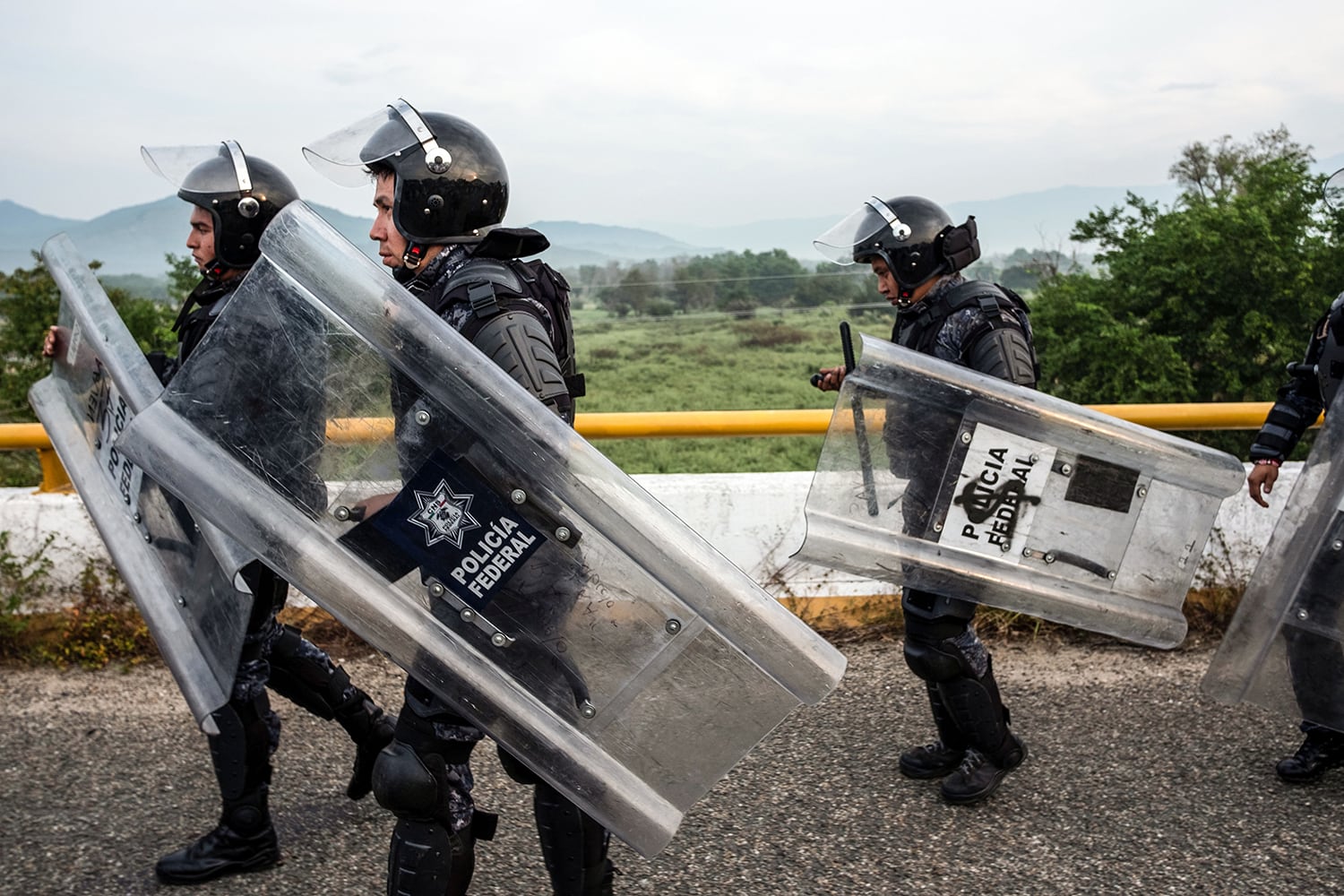More than 5,000 U.S. active-duty forces will be used to “harden” points of entry along the U.S.-Mexico border to confront what officials said is now two caravans of more than 6,000 migrants from Central America making their way toward the border, U.S. Northern Command Commander Air Force Gen. Terrence O’Shaughnessy said Monday.
“We’re bringing in military police units. We’re bringing in strategic airlift,” O’Shaughnessy said. “As we sit right now, we have three C-130s and a C-17 that is ready to deploy with [Customs and Border Protection] personnel wherever they need to be.”
The 5,200 active duty troops would join about 2,100 National Guard forces sent by Texas, California, New Mexico and Arizona earlier this year to bolster the border. Most of the National Guard forces are unarmed.
In contrast, O’Shaughnessy said that the active-duty troops would be armed if their specialty, such as military police, required it.
Defense Secretary Jim Mattis approved the use of the active-duty forces on Friday, with the first troops directed to be in place by Wednesday.
“We have 800 soldiers on their way to Texas right now,” O’Shaughnessy said.
Those first troops are coming from Fort Knox and Fort Campbell, both in Kentucky, and will eventually be augmented with aviation support from three medium-lift helicopter companies and three combat engineer battalions. In all, the forces headed to the border total about 5,200 and would be deploying by the end of the week, O’Shaughnessy said.

The military has also already begun flowing in construction materials and barriers, O’Shaughnessy said.
The numbers of active-duty forces deploying is far larger than the 800 or so originally reported last week. For comparison, the military has said it keeps about 5,200 troops in Iraq to keep the Islamic State at bay.
The original caravan, which is now located in southern Mexico, had at one point swelled to 7,000 migrants. It is now down to about 3,500, said Customs and Border Protection Commissioner Kevin McAleenan. There is a second caravan estimated to be about 3,000 in size that has now formed at the Guatemala-Mexico border.
RELATED

Mattis' orders last week expressly prohibit the troops from engaging with any of the migrants or conducting law enforcement activities, which would run those troops afoul of the Posse Comitatus Act, which prohibits federalized troops from conducting domestic law enforcement. Under exceptions to the law, those forces are allowed to support border patrol in administrative, surveillance or air-support roles.
However, the roles O’Shaughnessy suggested the forces would conduct, specifically in “hardening” points of entry, suggested the troops may end up in contact with migrants trying to enter the U.S. even if they had intended on remaining in a supporting role.
O’Shaughnessy said that his command has been careful to ensure that all of the roles undertaken by those forces would comply with the Posse Comitatus Act.
Tara Copp is a Pentagon correspondent for the Associated Press. She was previously Pentagon bureau chief for Sightline Media Group.



